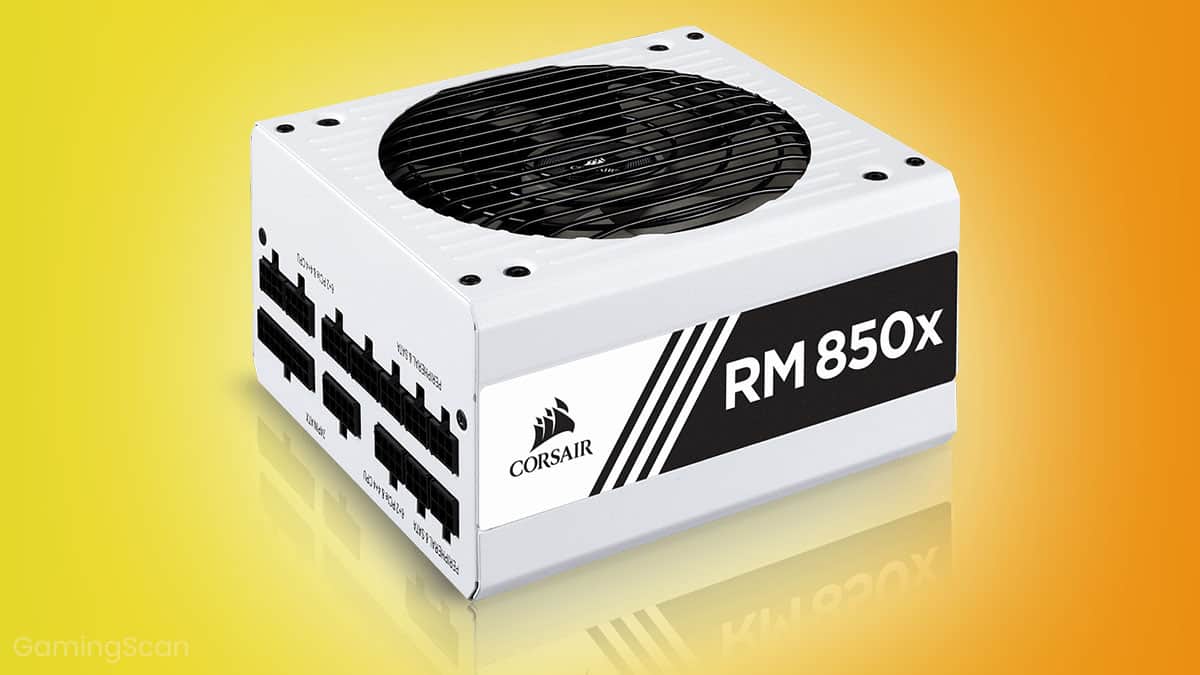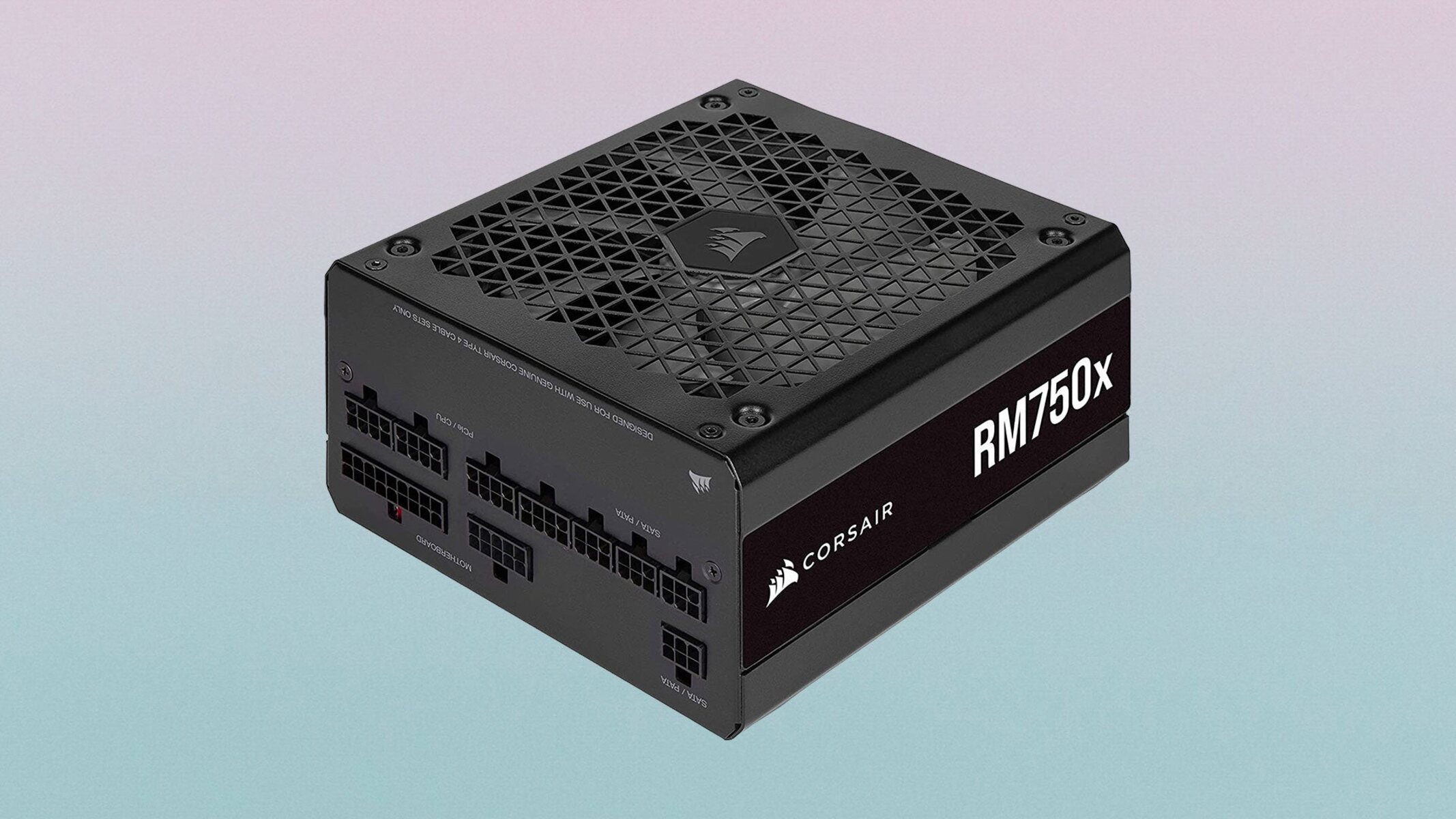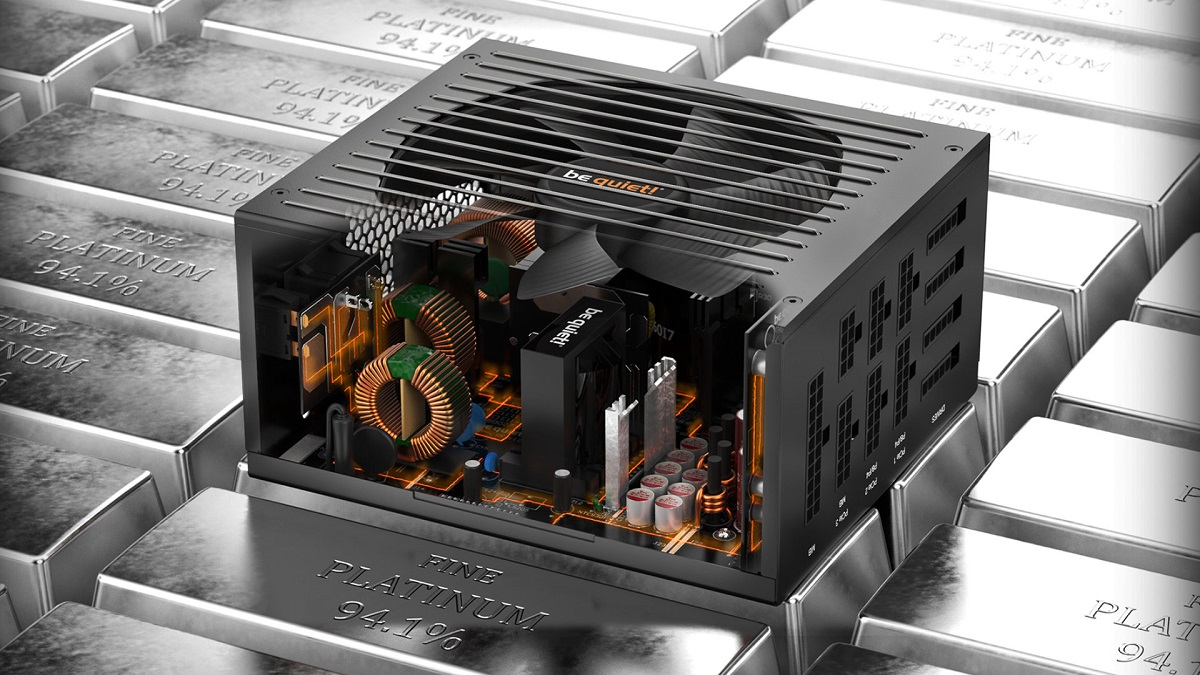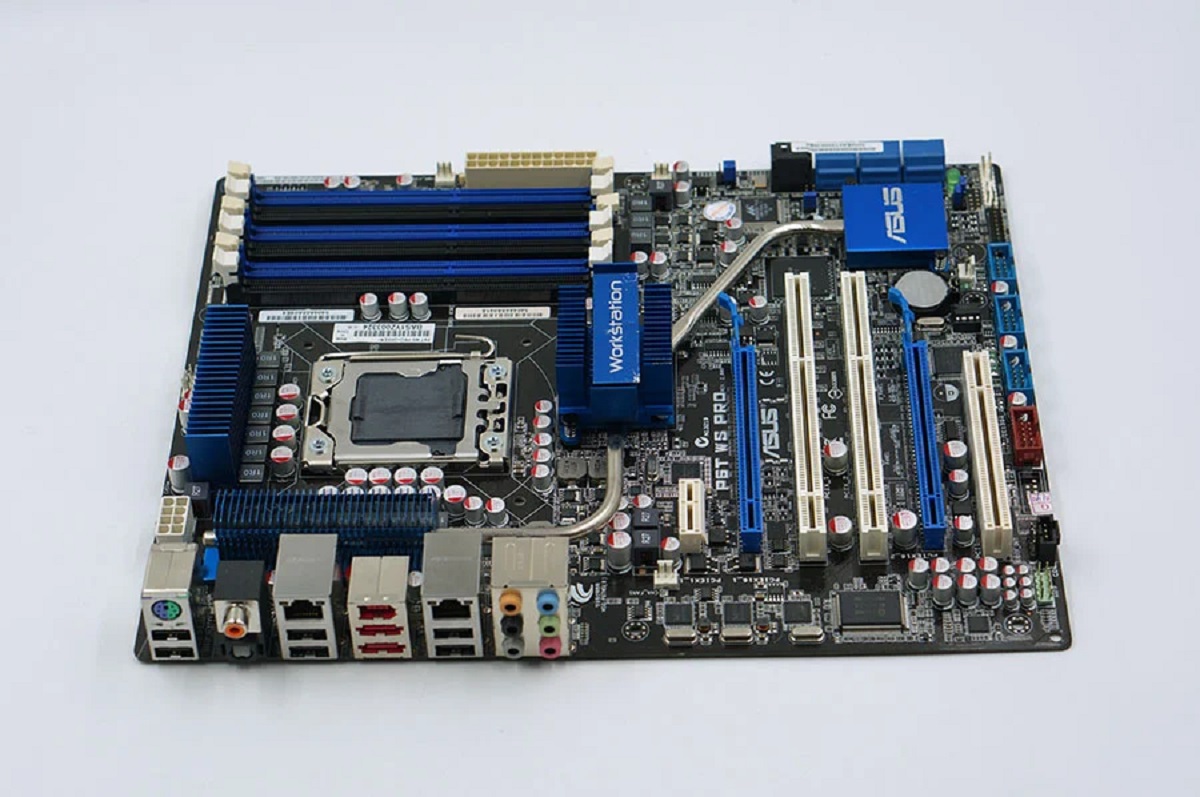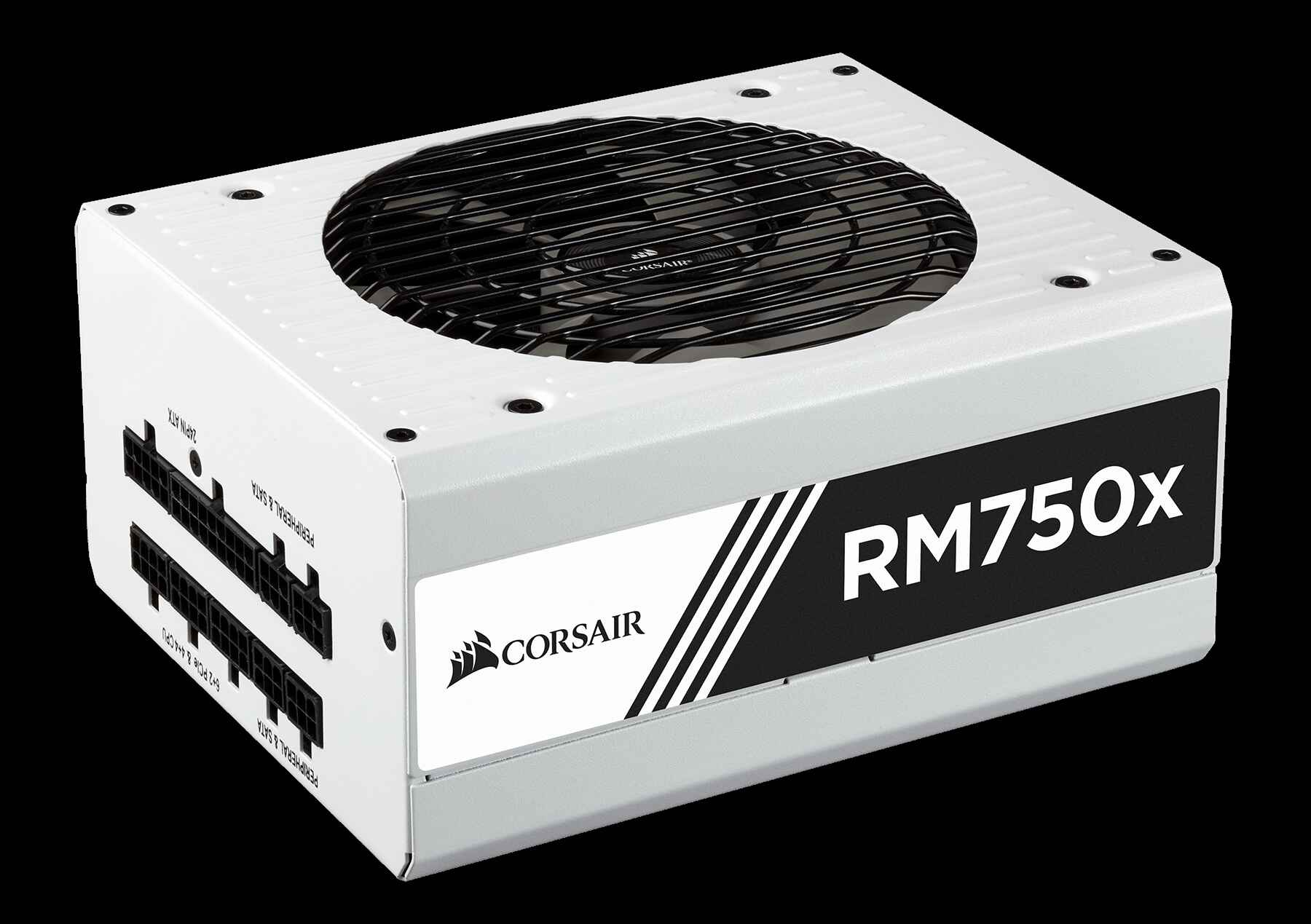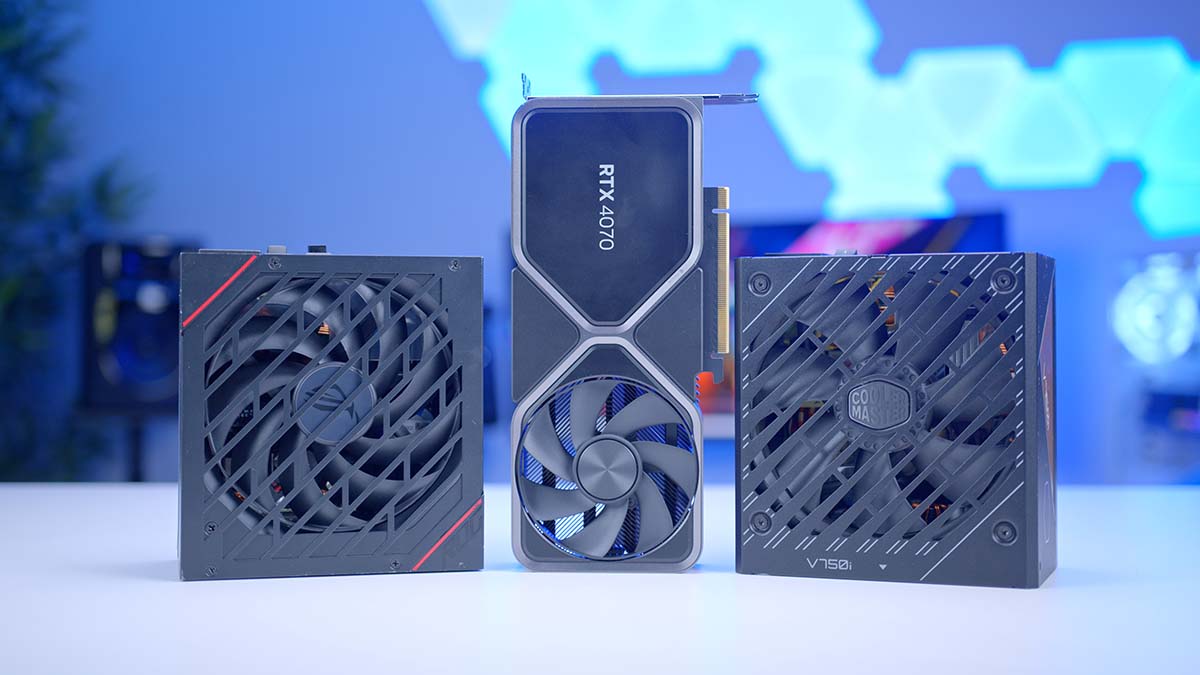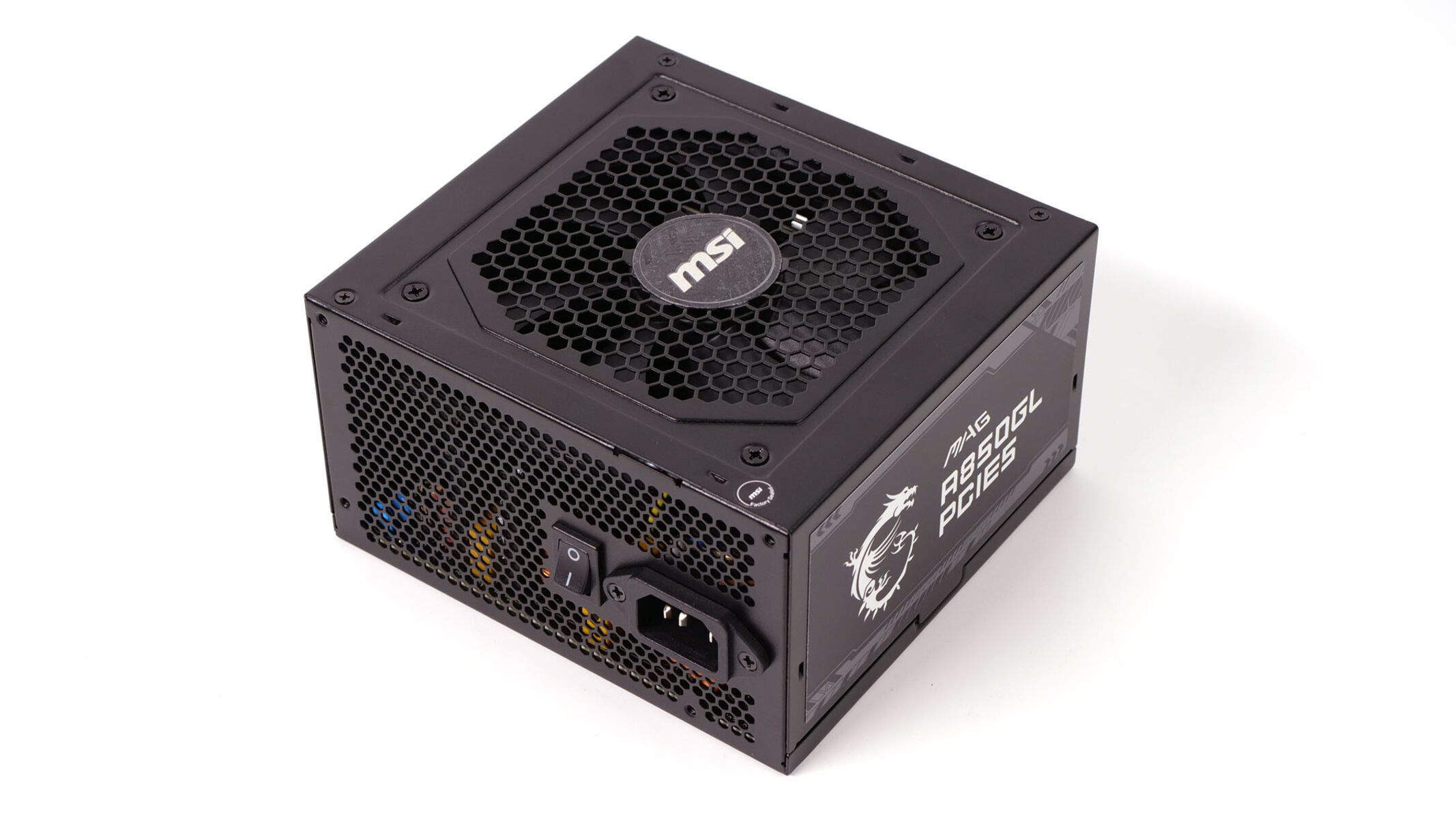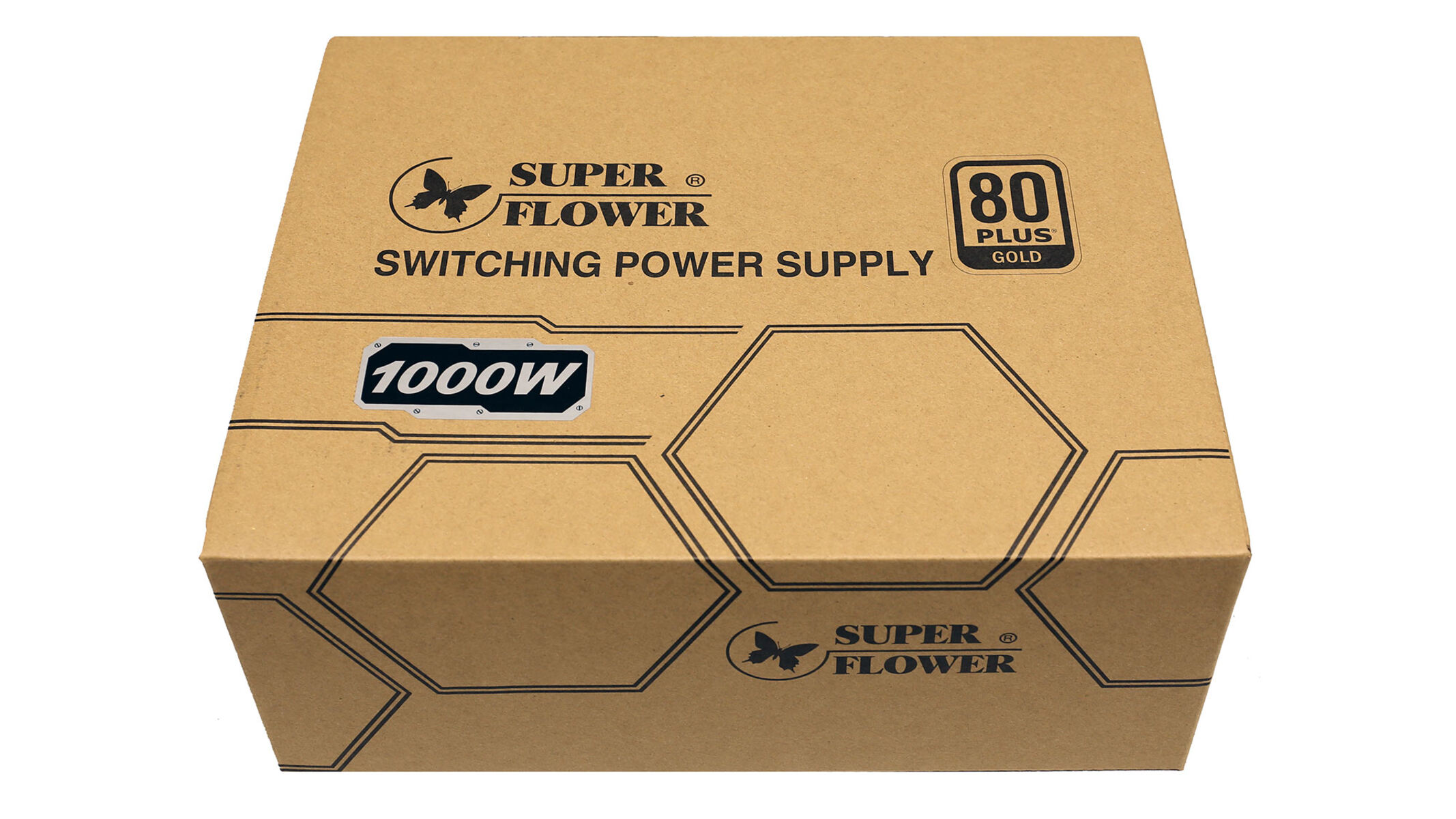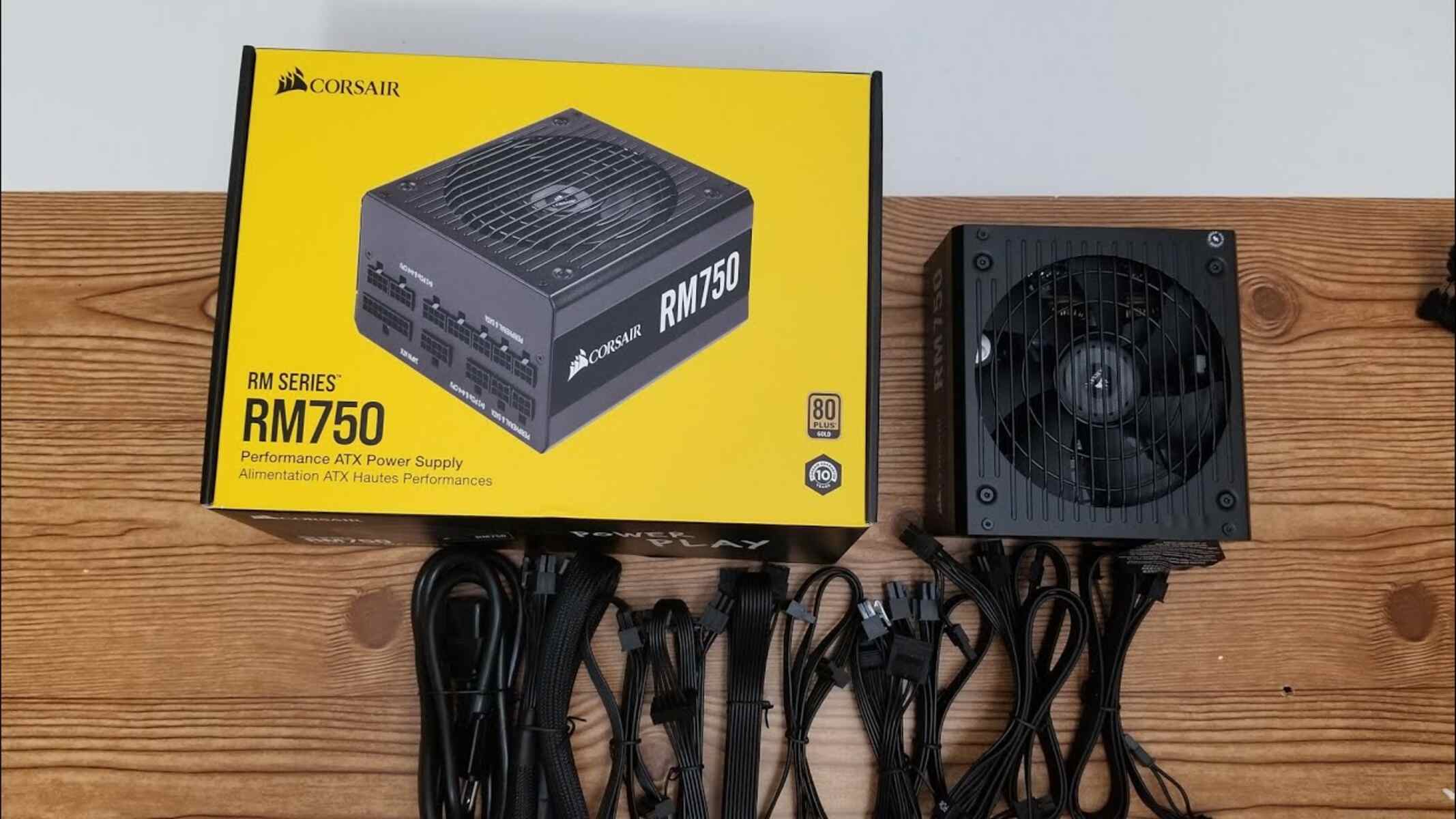Introduction
A Power Supply Unit (PSU) is a crucial component in any computer system, as it is responsible for supplying power to all the other hardware components. However, not all PSUs are created equal. There are vast differences in terms of quality, reliability, and performance among the various PSU models available on the market.
To assist consumers in making informed decisions, PSU Tier Lists have emerged as valuable resources. These lists provide rankings and classifications of PSUs based on their quality and performance. In this article, we will explore the concept of PSU Tier Lists, their significance, how they are created, and how to interpret and utilize them effectively.
A PSU Tier List is essentially a comprehensive ranking system that categorizes PSUs into different tiers based on their quality and performance. The purpose of these lists is to help computer enthusiasts and builders identify the most reliable and efficient PSUs to use in their systems.
It is worth noting that PSU Tier Lists are not standardized or regulated by any governing body. Instead, they are created and maintained by tech enthusiasts, hardware experts, and online communities. There are several websites, forums, and publications that curate and regularly update PSU Tier Lists based on extensive testing and evaluation.
By consulting a PSU Tier List, users can gain insights into the reliability, efficiency, and overall performance of different PSU models. This information can be invaluable when selecting a PSU for a new build or upgrading an existing one.
Now that we have a basic understanding of PSU Tier Lists and their purpose, let’s delve deeper into why they are important and how they are created.
Definition of PSU Tier List
A PSU Tier List is a comprehensive classification system that ranks Power Supply Units (PSUs) into different tiers based on their quality, reliability, and performance. These lists provide valuable information for consumers and computer enthusiasts looking to make informed decisions when choosing a PSU for their systems.
The tiers in a PSU Tier List are typically labeled with numbers or letters, with Tier 1 being the highest-ranked and Tier 4 or lower representing lower-quality PSUs. The higher the tier, the better the overall performance and reliability of the PSU.
It is important to understand that PSU Tier Lists are subjective and not standardized across the industry. They are created and maintained by tech enthusiasts, hardware experts, and online communities who perform extensive testing and evaluation of different PSU models.
The rankings in a PSU Tier List are determined based on various factors such as efficiency, voltage regulation, ripple suppression, build quality, and warranty. PSUs that excel in these areas are placed in higher tiers, indicating their superior performance and reliability.
PSU Tier Lists are primarily designed to help users make informed decisions when purchasing a PSU. By consulting a reputable PSU Tier List, users can choose a PSU that meets their power requirements and provides optimal performance and reliability for their systems.
It is important to note that PSU Tier Lists serve as a guideline and should not be the sole factor in determining the suitability of a PSU for a specific system. Factors such as power requirements, budget, and compatibility with other components should also be considered when selecting a PSU.
In the next section, we will explore why PSU Tier Lists are important and how they can benefit users in their quest for a high-quality PSU.
Why Is a PSU Tier List Important?
A PSU Tier List holds significant importance when it comes to choosing a power supply unit (PSU) for your computer system. Here are several key reasons why PSU Tier Lists are important:
1. Quality Assurance: A PSU Tier List helps ensure that you select a high-quality PSU for your system. The lists are curated by experts who extensively test and evaluate PSUs, taking into account factors such as efficiency, reliability, and performance. This ensures that the PSUs listed in higher tiers have undergone rigorous assessments and are known to deliver exceptional quality.
2. Reliability: PSUs play a critical role in the stability and longevity of your computer system. A poor-quality PSU can lead to system crashes, hardware damage, and even complete system failure. By referring to a PSU Tier List, you can choose a PSU from a higher tier, which indicates that it has a proven track record of reliability and is less likely to encounter issues.
3. Compatibility: Different computer systems have varying power requirements, and not all PSUs are suitable for every build. PSU Tier Lists categorize PSUs based on their power output, ensuring that you can easily identify PSUs that are compatible with your system’s needs. This helps prevent underpowered or overpowered PSUs, which can negatively impact system performance and potentially damage components.
4. Efficiency: PSUs are rated for their energy efficiency, which affects both power consumption and heat generation. Higher-tier PSUs are often more energy-efficient, which can lead to lower utility bills and reduced heat output within your system. By selecting a PSU from a higher tier, you can optimize energy usage and promote a cooler operating environment for your computer components.
5. Warranty Coverage: PSU Tier Lists often take into account the warranty provided by manufacturers. PSUs from higher tiers typically come with longer warranty periods, reflecting the manufacturer’s confidence in their product’s quality and reliability. This added warranty coverage provides peace of mind and protection in the event of any defects or failures.
Overall, a PSU Tier List serves as a valuable resource for users to make informed decisions when selecting a PSU for their computer systems. By considering the rankings and recommendations in these lists, users can prioritize quality, reliability, compatibility, efficiency, and warranty coverage, ensuring optimal performance and longevity for their systems.
In the next section, we will explore how PSU Tier Lists are created and the factors considered in determining PSU rankings.
How Is a PSU Tier List Created?
PSU Tier Lists are created through a combination of rigorous testing, evaluation, and community feedback. While there is no standardized approach to creating these lists, there are common practices followed by experts and enthusiasts. Here is an overview of the typical process involved in creating a PSU Tier List:
1. Extensive Testing: The creation of a PSU Tier List begins with thorough testing of various PSU models. Experts and reviewers subject the PSUs to a range of tests, including load testing, efficiency testing, voltage regulation testing, and ripple suppression testing, among others. These tests aim to evaluate the PSU’s performance across different scenarios and determine its quality, reliability, and efficiency.
2. Evaluation of Build Quality: In addition to performance testing, experts also assess the build quality and components used in the PSU. Factors such as the quality of capacitors, circuitry, and cooling systems are taken into consideration to ensure the PSU’s long-term reliability and durability.
3. Community Feedback: PSU Tier Lists often rely on the feedback and experiences of the broader tech community. Users who have used specific PSU models contribute their insights and feedback on reliability, performance, and any issues they may have encountered. This collective feedback helps validate and refine the rankings in the PSU Tier List.
4. Expert Opinion: The expertise and knowledge of PSU reviewers and industry professionals play a significant role in creating PSU Tier Lists. These experts analyze the data from testing, evaluate the community feedback, and provide their expert opinions and insights into the rankings. Their expertise ensures that the PSU Tier List is accurate and reflects the overall consensus of the tech community.
5. Regular Updates: PSU Tier Lists require regular updates to account for new PSU releases and advancements in technology. As new PSUs enter the market, they are tested, evaluated, and incorporated into the appropriate tiers. Updates also reflect changes in the community feedback or any new developments that impact PSU performance and reliability.
It is important to note that different PSU Tier Lists may use slightly different methodologies and criteria in their evaluation process. Therefore, it is recommended to consult multiple reputable lists and compare their rankings to get a holistic understanding of different PSU models.
In the next section, we will discuss the factors considered in PSU Tier Lists to determine the rankings of PSUs.
Factors Considered in PSU Tier Lists
PSU Tier Lists consider several key factors to determine the rankings of power supply units (PSUs). These factors help assess the quality, performance, and reliability of the PSU models. While the specific criteria may vary between different PSU Tier Lists, here are some common factors that are typically considered:
1. Efficiency: PSU efficiency is a crucial factor in determining its quality. Higher-tier PSUs are known for their higher efficiency ratings, which means they convert more of the incoming AC power into DC power for the components, resulting in less power wastage as heat. Efficiency ratings such as 80 Plus Bronze, Silver, Gold, Platinum, and Titanium are often used as indicators of a PSU’s efficiency.
2. Voltage Regulation: Voltage regulation refers to how well a PSU maintains a stable and consistent output voltage to the components. PSUs that fall into higher tiers are expected to have superior voltage regulation, ensuring a more stable and reliable power supply to the system. Variations in voltage can cause system instability and potential damage to components.
3. Ripple Suppression: Ripple refers to the fluctuation or noise in the DC output voltage. Effective ripple suppression is an essential characteristic of a high-quality PSU. Lower-tier PSUs may exhibit higher levels of ripple, which can adversely affect system stability and performance. Higher-tier PSUs are designed to provide cleaner and more stable power with lower ripple levels.
4. Build Quality: The build quality of a PSU plays a crucial role in its overall reliability and durability. Components such as capacitors, circuitry, and cooling systems contribute to the overall build quality. Higher-tier PSUs often feature better components, robust circuitry, and advanced cooling systems, ensuring a longer lifespan and better performance under heavy load conditions.
5. Power Output: PSUs are available in different wattage ratings to accommodate varying power requirements of computer systems. PSU Tier Lists consider the power output of the PSUs and categorize them accordingly. This helps users select a PSU that corresponds to their system’s power requirements, preventing underpowered or overpowered configurations.
6. Warranty: The warranty coverage offered by a PSU manufacturer often reflects their confidence in the quality and reliability of their product. PSU Tier Lists take into account the warranty provided by manufacturers as an additional consideration. PSUs with longer warranty periods are generally considered more reliable and trustworthy.
It is important to note that while PSU Tier Lists consider these factors, the weightage assigned to each factor may vary. Some lists may prioritize certain factors over others based on their criteria and evaluation methodology. Therefore, it is advisable to refer to multiple reputable PSU Tier Lists to get a comprehensive understanding of the PSU rankings.
In the next section, we will explore the benefits of using a PSU Tier List when selecting a power supply unit.
Benefits of Using a PSU Tier List
Using a PSU Tier List when selecting a power supply unit (PSU) for your computer system offers several significant benefits. Let’s explore some of the key advantages of utilizing a PSU Tier List:
1. Assured Quality and Reliability: PSU Tier Lists provide a reliable guideline for choosing PSUs that have been tested and evaluated for their quality and performance. Higher-tier PSUs in these lists are known for their superior build quality, efficient power delivery, and reliable operation. By selecting a PSU from a higher tier, you can be confident in the quality and reliability of your power supply.
2. Enhanced System Performance: Choosing a PSU from a higher tier ensures that your system receives a stable and consistent power supply. PSUs in higher tiers generally excel in voltage regulation, ripple suppression, and overall power delivery. This results in improved system stability, reduced voltage fluctuations, and enhanced performance for all your computer components.
3. Optimal Compatibility: PSU Tier Lists categorize PSUs based on their power output and efficiency. This makes it easier for you to identify PSUs that are compatible with your system’s power requirements. Selecting a PSU with the appropriate wattage ensures that your system receives the necessary power without overloading or underpowering the components.
4. Energy Efficiency and Cost Savings: Higher-tier PSUs are often more energy-efficient, meaning they convert a greater percentage of the input power into usable energy. This translates to reduced power wastage as heat generation and can result in lower electricity bills. Using an energy-efficient PSU from a higher tier not only saves you money in the long run but also helps reduce environmental impact.
5. Long-Term Durability: PSU Tier Lists factor in the build quality and use of quality components in determining the rankings. Higher-tier PSUs typically feature better construction, superior capacitors, advanced cooling systems, and better protection mechanisms. This ensures that your PSU is designed to withstand heavy loads, operate reliably over an extended period, and potentially extend the lifespan of your overall system.
6. Access to Expert Community Insights: PSU Tier Lists often incorporate feedback and insights from a community of enthusiasts, professionals, and experienced users. This collective knowledge provides valuable information about the performance, reliability, and common issues associated with specific PSU models. By leveraging the wisdom of the community, you gain additional insights and make informed decisions about your PSU selection.
Utilizing a PSU Tier List helps you make a well-informed decision when selecting a PSU for your computer system, ensuring enhanced performance, reliability, compatibility, and energy efficiency. It serves as a valuable resource to navigate the wide array of PSU options in the market and provides peace of mind knowing that you’ve chosen a PSU that meets your system’s requirements and is regarded as reputable by experts and the tech community.
In the next section, we will discuss the limitations of PSU Tier Lists to provide a balanced perspective on their usability.
Limitations of PSU Tier Lists
While PSU Tier Lists can be valuable resources for selecting a power supply unit (PSU), it is important to be aware of their limitations. Here are some key limitations to consider when using PSU Tier Lists:
1. Subjectivity: PSU Tier Lists are subjective in nature and can vary between different sources. The criteria used to rank and classify PSUs may differ, leading to varied rankings and conflicting information. It is crucial to rely on reputable sources and consult multiple PSU Tier Lists to gain a broader understanding of the rankings and consensus among experts.
2. Limited Scope: PSU Tier Lists typically focus on consumer-grade PSUs and may not encompass all available models in the market. Some PSU Tier Lists may exclude niche or specialized PSUs, which may be suitable for specific applications or industries. It is essential to consider your specific needs and requirements when selecting a PSU beyond the scope of the Tier List.
3. Lack of Real-world Conditions: PSU Tier Lists are usually based on controlled laboratory tests and evaluations. Real-world operating conditions, such as ambient temperatures, loads, and usage patterns, can affect the performance of a PSU differently. It is recommended to consider the Tier List rankings in conjunction with user reviews and feedback to gain insights into real-world performance and reliability.
4. Dynamic Market: The computer hardware market is constantly evolving, with new PSU models being introduced regularly. PSU Tier Lists may not always reflect the latest models or advancements in technology. Therefore, it is important to check for updates and consider the release dates of the PSU models when referring to a Tier List.
5. Individual System Requirements: PSU Tier Lists provide general guidelines, but every computer system has specific power requirements and component compatibility considerations. Your system’s unique configuration, such as the number of components, graphics card power demands, and overclocking, may require a different PSU than what is recommended in the Tier List. Always consider your system’s specific needs and consult with experts if necessary.
6. Warranty Considerations: While PSU Tier Lists may consider warranty coverage, they do not reflect the overall customer service quality or aftersales support provided by manufacturers. It is important to research and consider the reputation and reliability of the PSU manufacturer in terms of warranty claims and customer satisfaction.
As with any resource, it is crucial to understand the limitations of PSU Tier Lists and use them as a starting point for your PSU selection process. Consider them alongside other factors, such as your specific requirements, budget constraints, real-world user feedback, and expert advice, to make a well-informed decision.
In the next section, we will explore some commonly used PSU Tier List ratings to provide a reference point for users.
Common PSU Tier List Ratings
PSU Tier Lists often feature different tiers or categories to rank power supply units (PSUs) based on their quality, performance, and reliability. While specific Tier List ratings may vary, here are some commonly used PSU Tier List ratings that you may come across:
Tier 1: PSUs in Tier 1 are typically considered to be the highest quality and most reliable. These PSUs exhibit excellent voltage regulation, efficient power delivery, low ripple and noise, and premium build quality. They are often manufactured by reputable brands and come with longer warranty periods.
Tier 2: Tier 2 PSUs are also highly regarded and offer reliable performance. While they may lack some of the premium features found in Tier 1 PSUs, they still provide excellent voltage regulation, high efficiency, and good build quality. PSUs in this tier are often more affordable compared to Tier 1 options.
Tier 3: PSUs in Tier 3 are considered to be budget-friendly options with decent performance and reliability. While they may not offer the same level of efficiency or build quality as higher-tier PSUs, they still provide reliable power delivery and are suitable for most mainstream systems without demanding power requirements.
Tier 4: Tier 4 PSUs are often categorized as entry-level or basic power supplies. While these PSUs may not offer the same level of performance or reliability as higher-tier options, they still provide the necessary power for simpler systems and non-demanding tasks. They are typically more affordable but may lack certain features and have lower efficiency ratings.
It’s important to note that some PSU Tier Lists may include additional tiers or use different labeling systems. The purpose of these ratings is to provide a relative ranking of PSUs based on their quality and performance, allowing users to make informed decisions according to their needs and budget.
When consulting a PSU Tier List, it is recommended to consider not only the tier rating but also the specific PSU models within each tier. Some PSU models within a particular tier may outperform others or offer additional features, so it’s crucial to research and compare individual models before making a final decision.
In the next section, we will discuss how to interpret a PSU Tier List and make the most of the information provided.
How to Interpret a PSU Tier List
Interpreting a PSU Tier List is essential for making informed decisions when selecting a power supply unit (PSU) for your computer system. Here are some key factors to consider when interpreting a PSU Tier List:
1. Understand the Tier Definitions: Familiarize yourself with the definitions and characteristics of each tier in the Tier List. This will give you a general understanding of the quality and performance level associated with each tier. Keep in mind that different Tier Lists may have different criteria, so it’s important to consult multiple reputable sources for a comprehensive evaluation.
2. Consider Your System Requirements: Take into account your specific system requirements and power needs. Consider factors such as the number and type of components in your system, graphics card power demands, and any future upgrades you may have in mind. Choose a PSU that meets or exceeds your system’s power requirements to ensure stable performance and compatibility.
3. Range of Ratings Within Tiers: Within each tier, there may be a range of PSU models with varying performance levels. Be sure to research and compare individual models within a specific tier to understand their specific features, efficiency ratings, warranty coverage, and user reviews. This will help you narrow down the options and select the best PSU for your needs.
4. Consider Additional Factors: While a PSU Tier List is a valuable reference, it shouldn’t be the sole factor in your decision-making process. Consider other factors such as price, availability, customer reviews, and the reputation of the brand. These additional factors can provide valuable insights into the overall reliability and performance of a specific PSU model.
5. Real-World Testing and User Feedback: While PSU Tier Lists are based on testing and evaluations, real-world performance and user feedback should also be considered. Look for user reviews, forum discussions, and professional reviews to gain insights into the actual experiences users have had with a particular PSU model. These insights can complement the information provided by the Tier List and help you make a well-informed decision.
6. Regularly Updated Tier Lists: PSU technology evolves rapidly, with new models being introduced regularly. Check the date of the PSU Tier List you are using and look for any updates or newer versions. This ensures that you are referencing the latest information and considering the most up-to-date PSU models available on the market.
Remember that a PSU Tier List is a helpful tool, but ultimately, your specific needs and system requirements should guide your PSU selection. By interpreting the Tier List in conjunction with other factors, you can make a well-informed decision and choose a PSU that provides the best performance, reliability, and compatibility for your computer system.
In the next section, we will explore where to find PSU Tier Lists and reputable sources to consider.
Where to Find PSU Tier Lists
When searching for PSU Tier Lists, it’s important to consult reputable sources that provide reliable and up-to-date information. Here are some popular and trustworthy places where you can find PSU Tier Lists:
1. Hardware Review Websites: Many websites dedicated to reviewing computer hardware and components maintain comprehensive PSU Tier Lists. These websites often conduct in-depth testing and evaluations of various PSU models and provide rankings based on their findings. Examples of reputable hardware review websites include Tom’s Hardware, AnandTech, and TechPowerUp.
2. Tech Enthusiast Forums: Online tech enthusiast forums, such as Reddit’s r/buildapc or Overclock.net, are great places to find PSU Tier Lists and discussions. These forums feature discussions and recommendations from a community of experienced users who share insights and experiences with different PSU models. It’s important to consider multiple opinions and cross-reference information to get a well-rounded view.
3. PSU Manufacturer Websites: PSU manufacturers often provide their own PSU Tier Lists or similar guides on their official websites. These lists can be valuable references as they provide insights into the manufacturer’s recommended product lines and overall quality. However, it’s important to note that these lists may be biased towards their own products, so be sure to cross-reference with other sources.
4. PC Building Communities: Online communities dedicated to PC building and hardware enthusiasts, such as PCPartPicker and Linus Tech Tips forums, often curate their own PSU Tier Lists. These community-driven lists combine expertise and user recommendations, providing a balanced perspective on the performance and reliability of various PSU models.
5. Trusted YouTube Channels: There are several YouTube channels focused on computer hardware reviews and recommendations. Channels such as Linus Tech Tips, JayzTwoCents, and Gamers Nexus regularly review PSUs, discuss their performance, and offer insights into their rankings. Watching video reviews can provide a visual demonstration of the PSU’s features and help you make an informed decision.
It’s important to verify the credibility and reputation of the sources you use to access PSU Tier Lists. Look for reliable and respected sources that have a history of providing thorough and unbiased reviews. Additionally, consider consulting multiple Tier Lists from different sources to gain a broader perspective and a more balanced understanding of PSU rankings.
By utilizing these resources, you can access reputable and up-to-date PSU Tier Lists, enabling you to make informed decisions and select the best PSU for your specific needs and requirements.
In the final section, we will summarize the main points covered in this article.
Conclusion
PSU Tier Lists serve as valuable resources for individuals seeking to select a power supply unit (PSU) for their computer systems. These tiered rankings categorize PSUs based on their quality, performance, and reliability. By consulting these lists, users can make informed decisions and choose a PSU that meets their specific needs and requirements.
Throughout this article, we explored the definition and significance of PSU Tier Lists. We discussed how these lists are created through extensive testing, evaluation, and community feedback. Factors such as efficiency, voltage regulation, ripple suppression, build quality, and warranty coverage are considered in determining the rankings of PSUs within the tier lists.
We also explored the benefits of using PSU Tier Lists, including assured quality and reliability, enhanced system performance, optimal compatibility, energy efficiency, and long-term durability. However, it’s important to note the limitations of PSU Tier Lists, such as subjectivity, limited scope, lack of real-world conditions, the dynamic market, and the need to consider individual system requirements.
Interpreting a PSU Tier List involves understanding the tier definitions, considering system requirements, evaluating the range of ratings within tiers, considering additional factors, taking into account real-world testing and user feedback, and checking for regularly updated tier lists. By considering these factors, users can make meaningful and informed decisions when selecting a PSU.
To find PSU Tier Lists, we recommend consulting reputable sources such as hardware review websites, tech enthusiast forums, PSU manufacturer websites, PC building communities, and trusted YouTube channels. These sources provide reliable and up-to-date information on PSU rankings and can help users navigate the wide array of options available in the market.
In summary, PSU Tier Lists play a crucial role in assisting individuals in selecting high-quality, reliable, and efficient PSUs for their computer systems. By leveraging the insights and rankings provided by these lists, users can enhance system performance, improve compatibility, and ensure long-term reliability. It is important to consider PSU Tier Lists alongside other factors and to select a PSU that aligns with individual system requirements and preferences.







